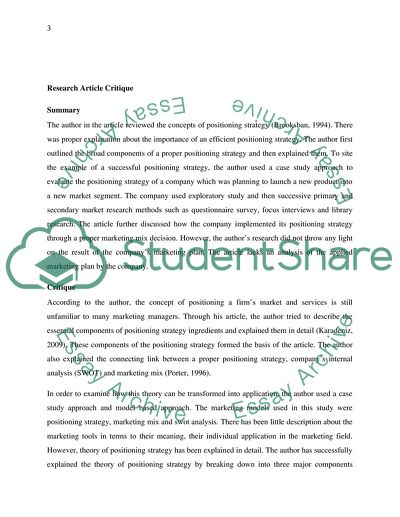Cite this document
(How can Sainsburys Develop an Effective Marketing Plan to Position Research Paper, n.d.)
How can Sainsburys Develop an Effective Marketing Plan to Position Research Paper. Retrieved from https://studentshare.org/marketing/1800812-how-can-sainsburys-develop-an-effective-marketing-plan-to-position-themselves-in-the-uk-supermarket
How can Sainsburys Develop an Effective Marketing Plan to Position Research Paper. Retrieved from https://studentshare.org/marketing/1800812-how-can-sainsburys-develop-an-effective-marketing-plan-to-position-themselves-in-the-uk-supermarket
(How Can Sainsburys Develop an Effective Marketing Plan to Position Research Paper)
How Can Sainsburys Develop an Effective Marketing Plan to Position Research Paper. https://studentshare.org/marketing/1800812-how-can-sainsburys-develop-an-effective-marketing-plan-to-position-themselves-in-the-uk-supermarket.
How Can Sainsburys Develop an Effective Marketing Plan to Position Research Paper. https://studentshare.org/marketing/1800812-how-can-sainsburys-develop-an-effective-marketing-plan-to-position-themselves-in-the-uk-supermarket.
“How Can Sainsburys Develop an Effective Marketing Plan to Position Research Paper”, n.d. https://studentshare.org/marketing/1800812-how-can-sainsburys-develop-an-effective-marketing-plan-to-position-themselves-in-the-uk-supermarket.


